Whoever has no interest in sphere formation must naturally avoid amorous dramas, and whoever steers clear of eros excludes themselves from the efforts to understand the vital form. […] Love stories are stories of form, and every act of solidarity is an act of sphere formation, that is to say the creation of an interior.*
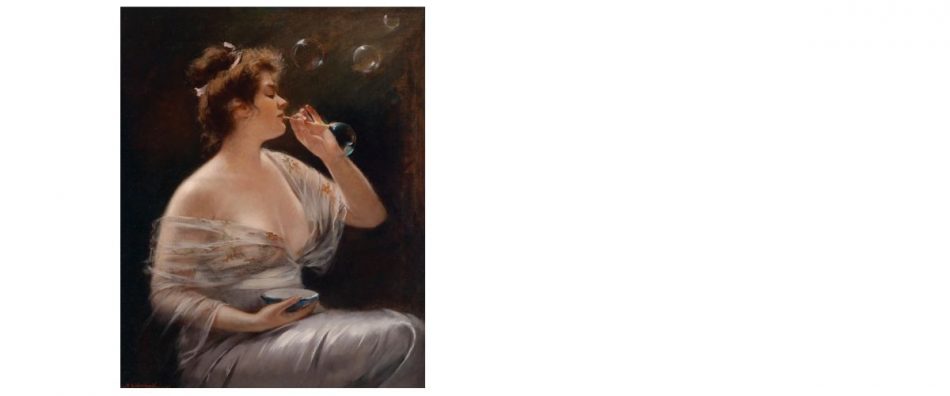
Bernhard Zickendraht – Soap Bubbles (1902)
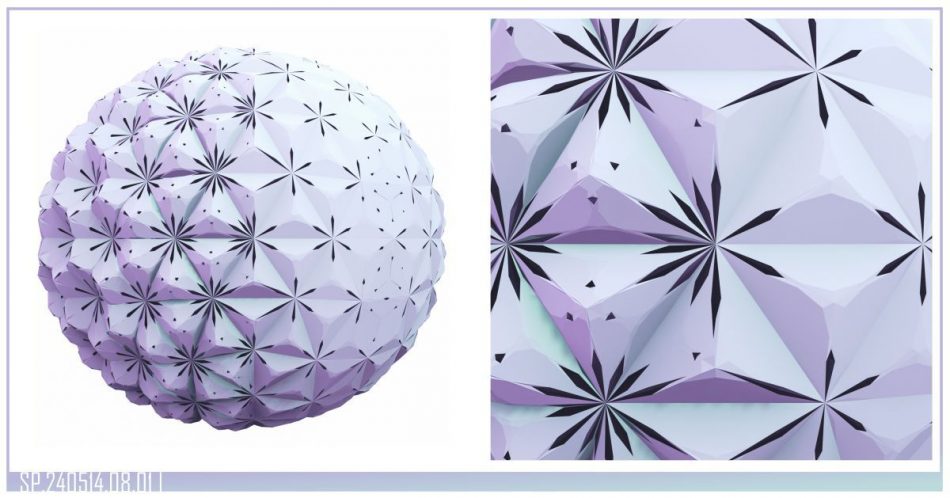

There is a solidarity between the soap bubble and its blower that excludes the rest of the world. And each time the shimmering entities drift into the distance, the little artist exits his body on the balcony to be entirely with the objects he has called into existence. In the ecstasy of attentiveness, the child’s consciousness has virtually left its corporeal source. While exhaled air usually vanishes without a trace, the breath encased in these orbs is granted a momentary afterlife. While the bubbles move through space, their creator is truly outside himself. […] For its creator, the soap bubble thus becomes the medium of a surprising soap expansion. The bubble and its blower coexist in a field spread out through attentive involvement. The child that follows its soap bubbles into the open in no Cartesian subject.*

Gustaf Lundberg (1695-1786) – Girl with a bubble.
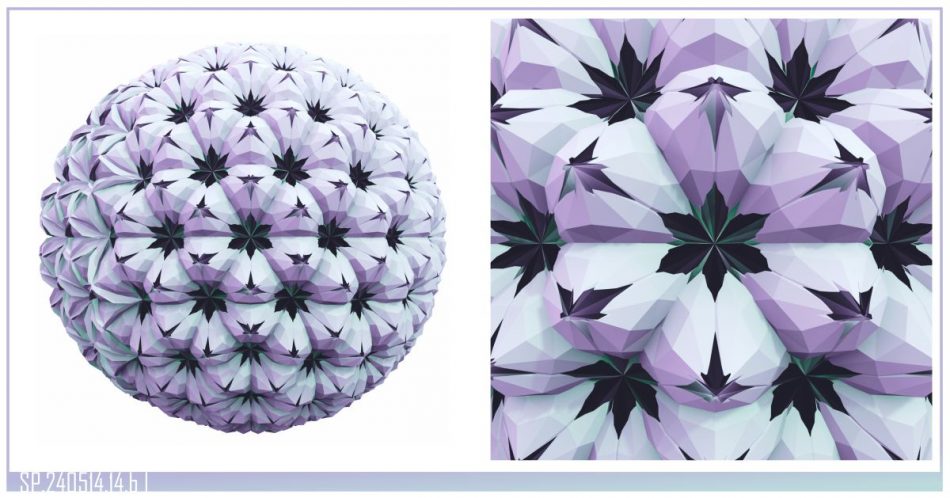
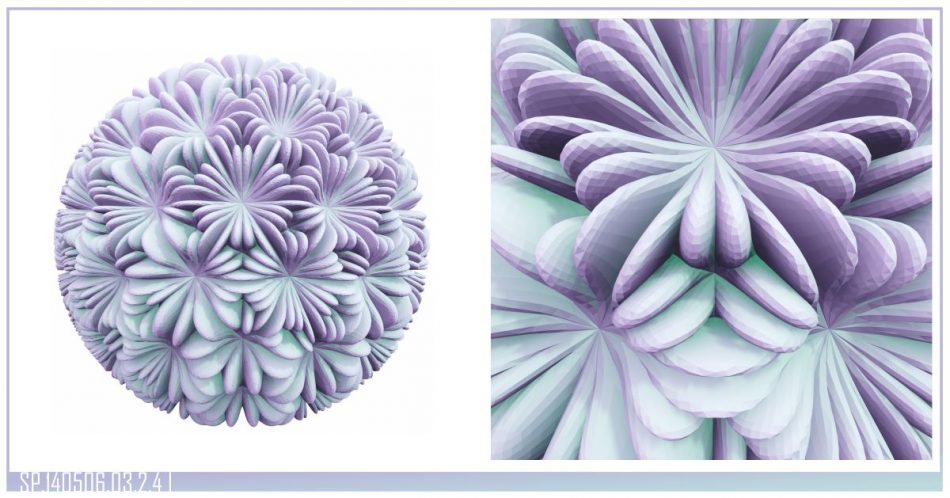



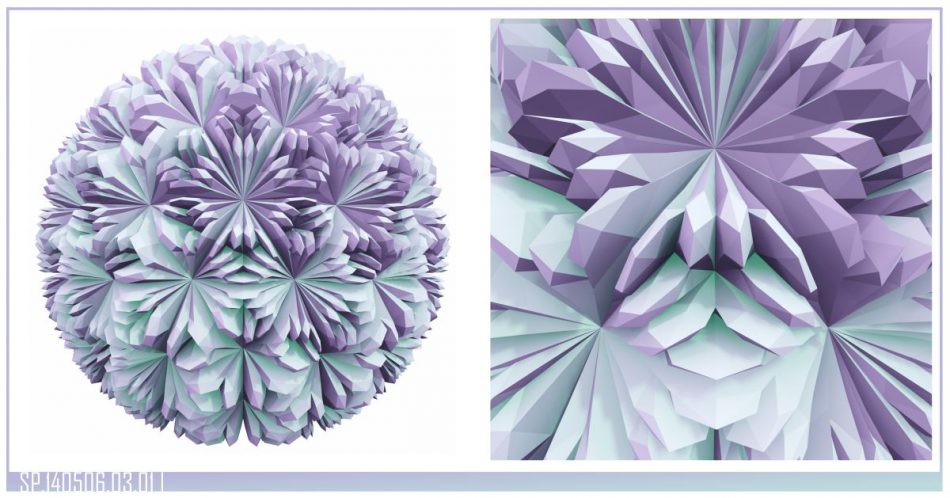

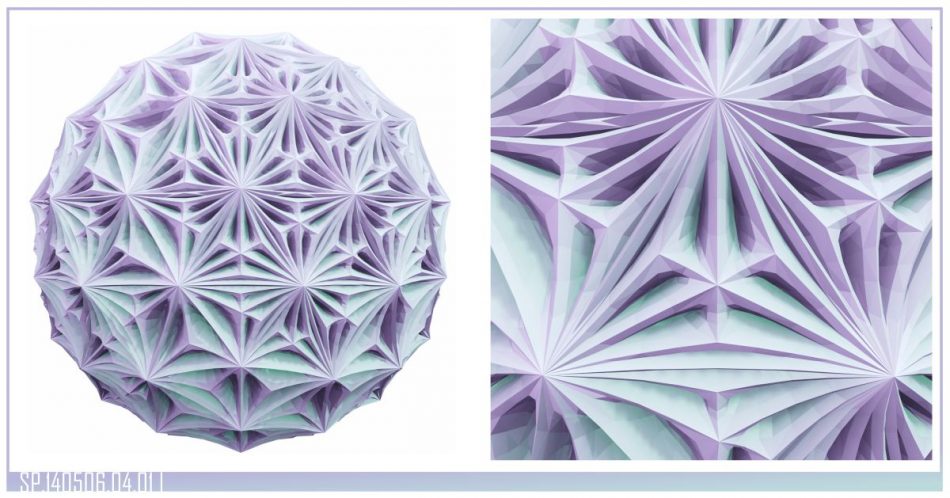




Michael Maier, Matthias Merian – Atalanta Fugiens (1617)
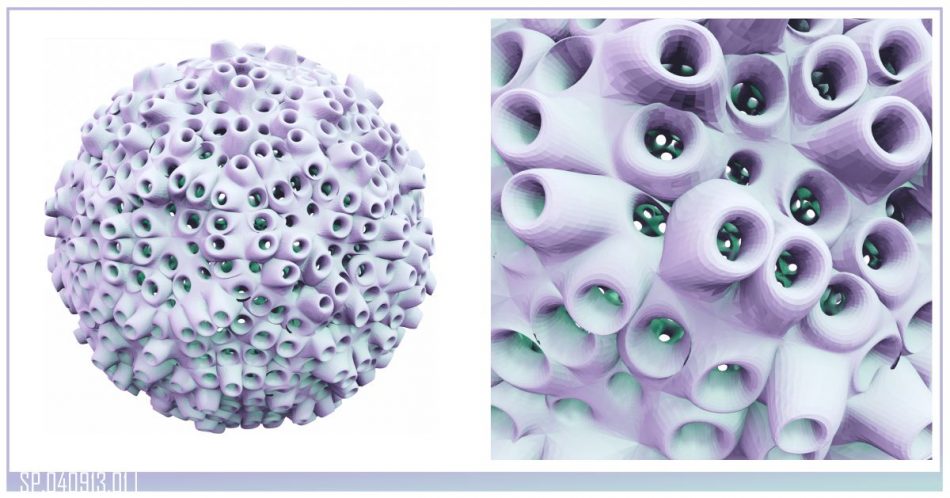










James Gillray (1756-1815) – A sphere projecting against a plane
* Peter Sloterdijk Bubbles Los Angeles: Semiotext(e), 2011.
| >>info: | |
| research: | object-e | Dimitris Gourdoukis with Nefeli Charchari and Xenia Papastergiou |
| date: | 2015 - 2016 |
